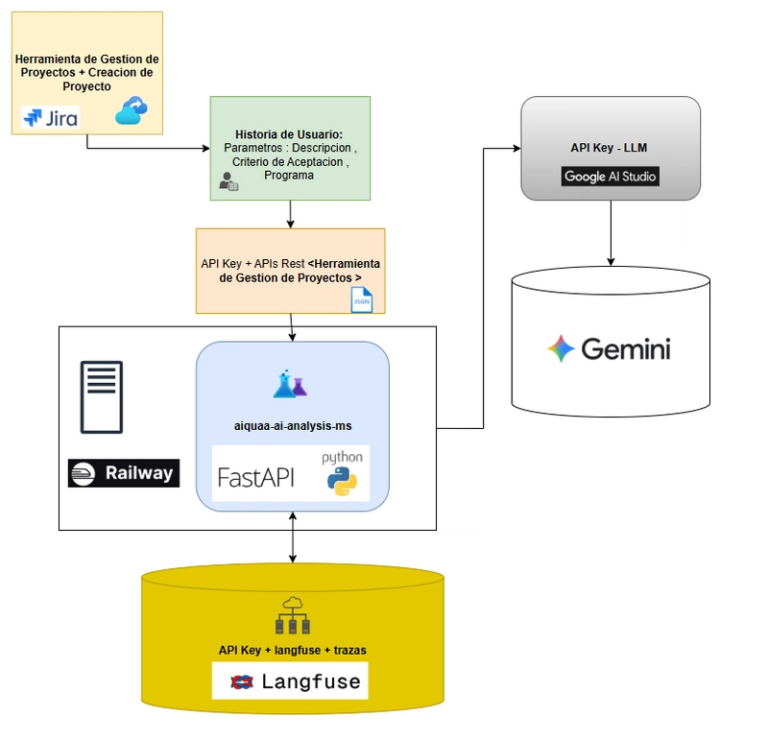Using a Non-Deterministic System to Find Climate Patterns
A few months back, I started on a journey to learn about how I might use Generative AI. I wasn’t sure what I was going to learn. I’ve found the joy in Product Management again. I have also started to pattern match enough that I am fixing code and making changes on my own. I ask for help early and often, and I delete cruft when I find it.
I’ve been doing live “coding” with my friend. Ok, I mostly get walked through things on Twitch. They also ask me architecture questions and walk me through how to think about the long-term architectural trade-offs. I spent one live stream learning how to change the HTML, and I might have spent most of the time giggling in delight because that is deeply satisfying!
Slow is smooth and smooth is fast
Generative AI is built to hallucinate; it’s a feature, not a bug. So it’s great when I’m looking for an “ish” idea of the UI/UX, but as soon as I get the format I want, I need it to be consistent all the time. Which meant I needed to switch tools, and that is scary!
It’s also slower. I’m learning that it’s ok to go slower. I need to be mindful of and consider what the evolution of the tool might be, and remember, I just need to scale to the first 10 users before I scale to 10,000 or 100,000.
Now I’m reading and understanding the documentation, and I asked a tech question on Discord. It was scary, but I shouldn’t have worried about it. I already know the Dev community is rad.
As I’ve moved to slow and smooth on the front end, I’m switching gears and creating a data warehouse for the weather and climate data. Since both apps need the same data, it makes sense to have one data warehouse for temperature trends, humidity, air quality, precipitation, regional flooding, wind storms of all varieties, and fires. I’ve been using PG Admin, but I can already tell this is going to take a little time to get used to. And that’s ok. In the meantime, I have been collecting climate data going back decades. I feel like a data hobbit who stops for an elevensies, second breakfast of CSVs.
The data magic of it all, or something like that
What I’m doing is using AI and a simple ML model to identify microclimate patterns based on the last 5 years of climate data. I started with heat domes/extreme heat by season.
I want to be able to track whether that cute neighborhood near that adorable lake is at risk of rising waters. What actions can the owners take now to become more resilient to that future state without having to leave the community they love?
Is there a weather pattern to help identify where wildfires are likely to strike next? Can we help a community predict if the fires are likely to come their way in the coming years? There is amazing research and real-world examples of how to create a fire-resistant home. Fun fact: There are FEMA grants for disaster types.
People need to have enough time to plan for the changes coming their way. Having a non-deterministic system or model to help find some of these microclimate patterns means we might find some interesting weather insights to help people prepare. Further, we want to help replicate the communities that are finding success in adapting to climate shifts.
I was reading about a home in Utah that survived the Forsyth fire. This guy built a fire-resilient home. The fire department was able to triage that his home would be fine and focused their efforts elsewhere. Which has me thinking, what if we could help an entire street, block, or neighborhood become fire, flood, drought, or wind resilient instead of 1 house? It’s a goal and what pushes me to keep learning. Only time will tell if I can learn something useful from the data. If not me, someone else will, which is what really matters!



